The animal kingdom is filled with astonishing reproductive strategies that have evolved over millions of years. While humans and many mammals follow relatively similar birthing patterns, nature has developed some truly extraordinary methods for bringing new life into the world. From males that become pregnant to animals that give birth through their skin, these remarkable reproductive adaptations showcase nature’s incredible diversity and ingenuity. Let’s explore 16 animals with the most unusual birthing processes on our planet—methods that might seem like science fiction but are very much reality in the natural world.
16. Seahorses Male Pregnancy Pioneers
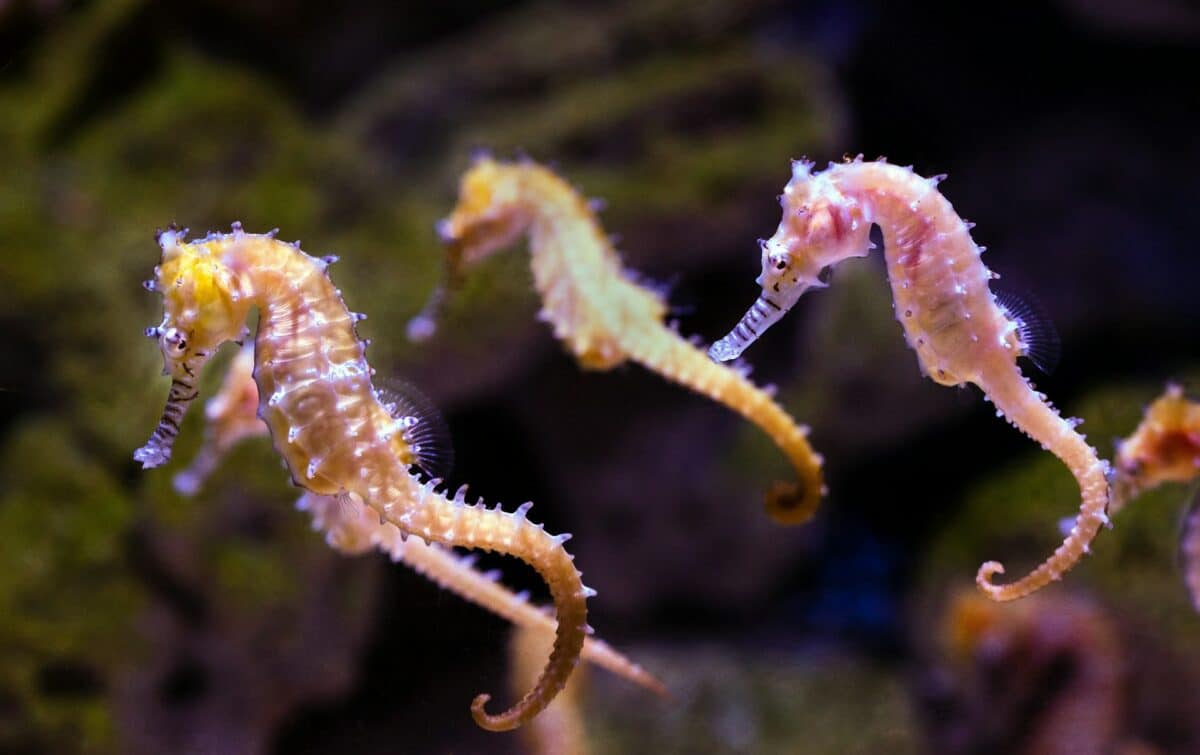
Seahorses stand as one of nature’s most fascinating gender-role reversals. In these remarkable fish, it’s the male who becomes pregnant and gives birth. The female deposits her eggs into the male’s specialized brood pouch, where he fertilizes them internally. The male’s body then provides oxygen and nutrients to the developing embryos for a pregnancy lasting 2-4 weeks. When it’s time for delivery, the male seahorse experiences strong muscular contractions, sometimes lasting hours, as he expels hundreds of fully-formed baby seahorses from his pouch into the water. This is the only true male pregnancy known in the animal kingdom, making seahorses reproductive marvels that challenge conventional understandings of gender roles in nature.
15. Surinam Toad Birthing Through Back Skin
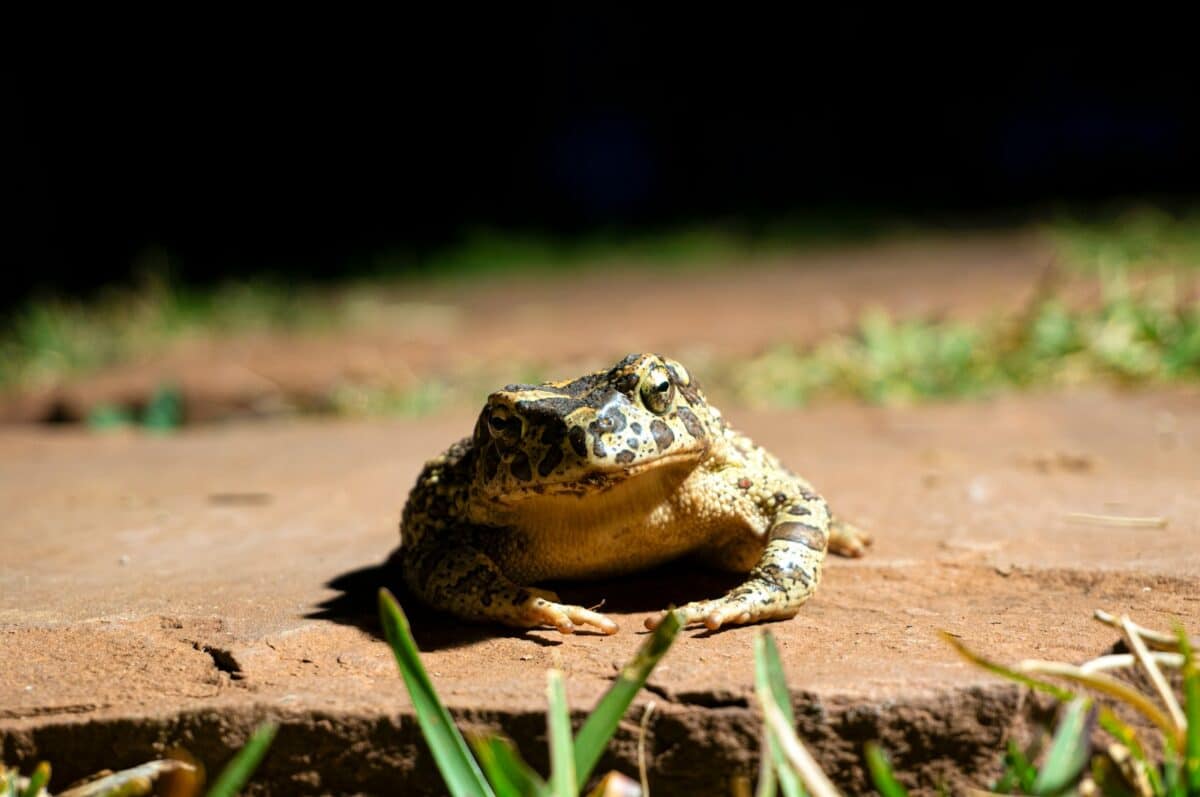
The Surinam toad (Pipa pipa) might win the award for the most visually unsettling birth method. During mating, the male attaches eggs to the female’s back. Her skin then grows over these eggs, creating individual pockets or chambers for each developing embryo. For the next 3-4 months, the babies develop within these skin pouches, visible as small bumps across the mother’s back. When development is complete, fully-formed toadlets burst through their mother’s skin and swim away. This remarkable process, known as dorsal brooding, transforms the mother’s back into a living nursery. While it might appear gruesome to human observers, this adaptation protects the vulnerable offspring during development in their aquatic environment.
14. Kiwi Birds Disproportionate Egg Production

The kiwi bird of New Zealand holds the record for laying the largest egg relative to body size of any bird in the world. A female kiwi weighs about 3-4 pounds but produces an egg that weighs approximately 1 pound—equivalent to 20-25% of her body weight. To put this in perspective, if humans gave birth at the same ratio, a 130-pound woman would deliver a 30-pound baby. The egg grows so large inside the female kiwi that it pushes against her internal organs, forcing her to eat more frequently in smaller amounts during the final days before laying. Just before laying, the egg occupies most of her abdominal cavity, and she can barely move or eat. This extreme reproductive strategy allows kiwi chicks to hatch in a much more developed state than most other birds, giving them a survival advantage in New Zealand’s challenging environment.
13. Marsupials The Pouch Providers
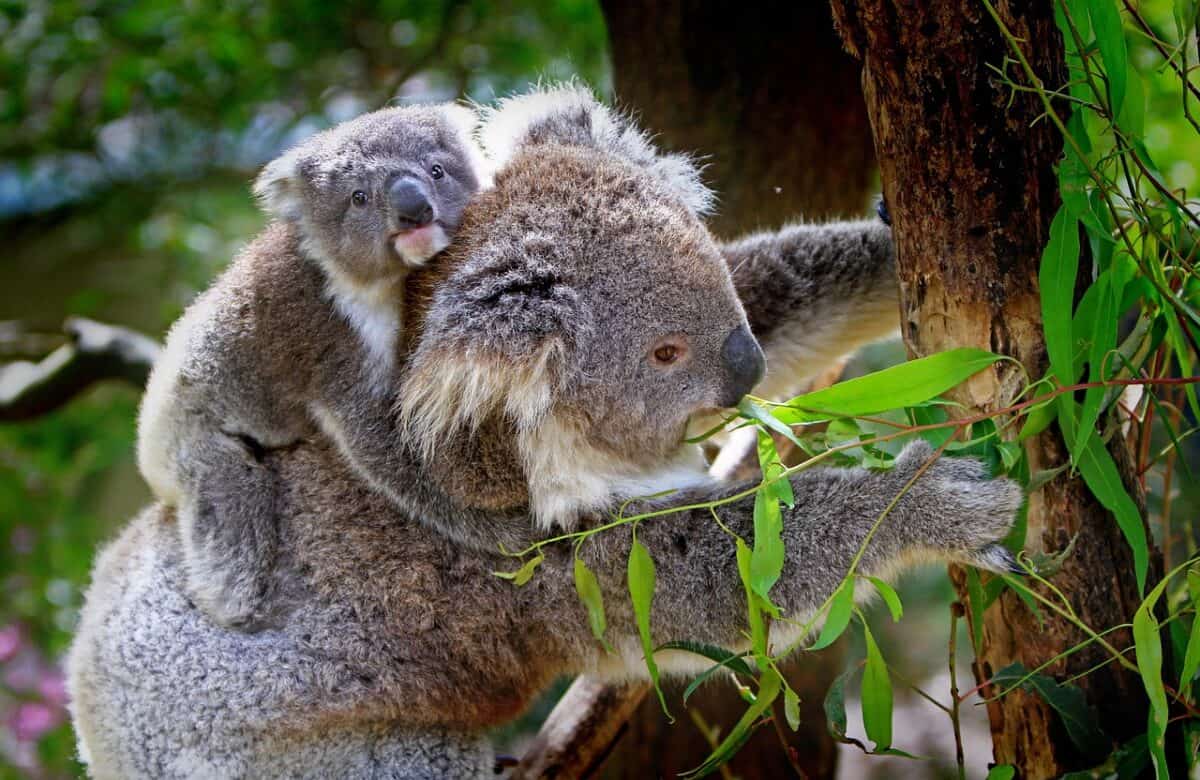
Marsupials like kangaroos, koalas, and opossums have evolved a distinctive two-stage birth process unlike any other mammals. After an extremely short gestation period—just 33 days for kangaroos—they give birth to embryonic, underdeveloped young. A newborn kangaroo joey is only about 2 centimeters long, blind, hairless, and resembles a pink jelly bean. This tiny, underdeveloped baby must then undertake an incredible journey, crawling from the birth canal up through the mother’s fur and into her pouch without any assistance. Once safely in the pouch, the joey attaches to a nipple, which swells in its mouth to prevent detachment. The joey will continue developing in the pouch for 6-8 months, eventually emerging for short periods before becoming fully independent. This adaptation allows marsupial mothers to halt embryonic development during environmental stresses and invest less energy in early pregnancy than placental mammals.
12. Platypus and Echidnas Egg-Laying Mammals

Monotremes—the platypus and echidnas—represent an evolutionary bridge between reptiles and mammals. These unusual animals are mammals that lay eggs rather than giving birth to live young. A female platypus typically lays 1-3 leathery eggs after a gestation period of about 2-4 weeks, then incubates them by holding them against her belly with her tail for approximately 10 days. Echidnas, meanwhile, develop a temporary pouch when breeding and place their single egg directly into this pouch. When the young hatch, they’re tiny and undeveloped, resembling fetuses more than babies. They remain in the pouch or burrow, feeding on milk that seeps from specialized patches on the mother’s skin rather than from defined nipples. These reproductive methods represent an ancient mammalian adaptation that predates both marsupial and placental reproductive strategies, offering a fascinating glimpse into evolutionary history.
11. Darwin’s Frog Vocal Sac Nurseries
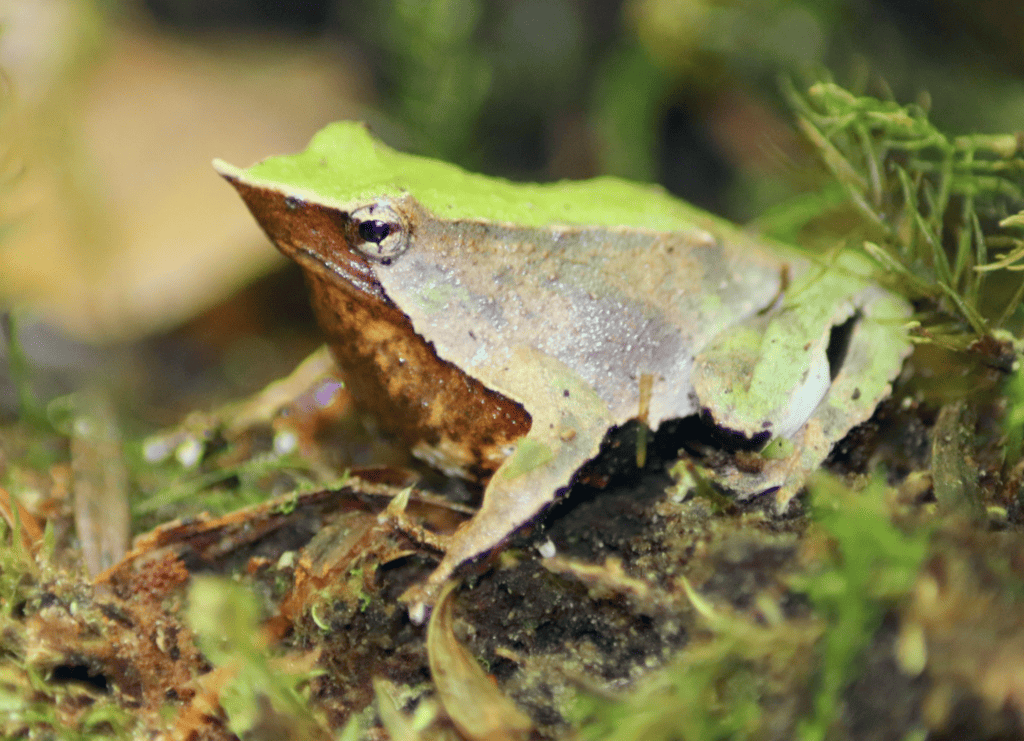
Darwin’s frogs (Rhinoderma darwinii) have perhaps one of the most remarkable parental care systems among amphibians. When the female lays her eggs, the male guards them until they reach the tadpole stage. Then, in an extraordinary twist, the father scoops the wriggling tadpoles into his vocal sac—the expandable throat pouch normally used for calling. Inside this protected nursery, the tadpoles complete their metamorphosis into froglets. For about 60 days, the father cannot feed and can barely croak as his throat serves as a living incubator. When development is complete, the father literally coughs up fully formed froglets. This unique adaptation protects the vulnerable offspring from predators and environmental stresses during their development. Sadly, Darwin’s frogs are critically endangered, and their northern relative (Rhinoderma rufum) may already be extinct, potentially losing this remarkable reproductive strategy forever.
10. Gastric-Brooding Frogs Stomach Incubation
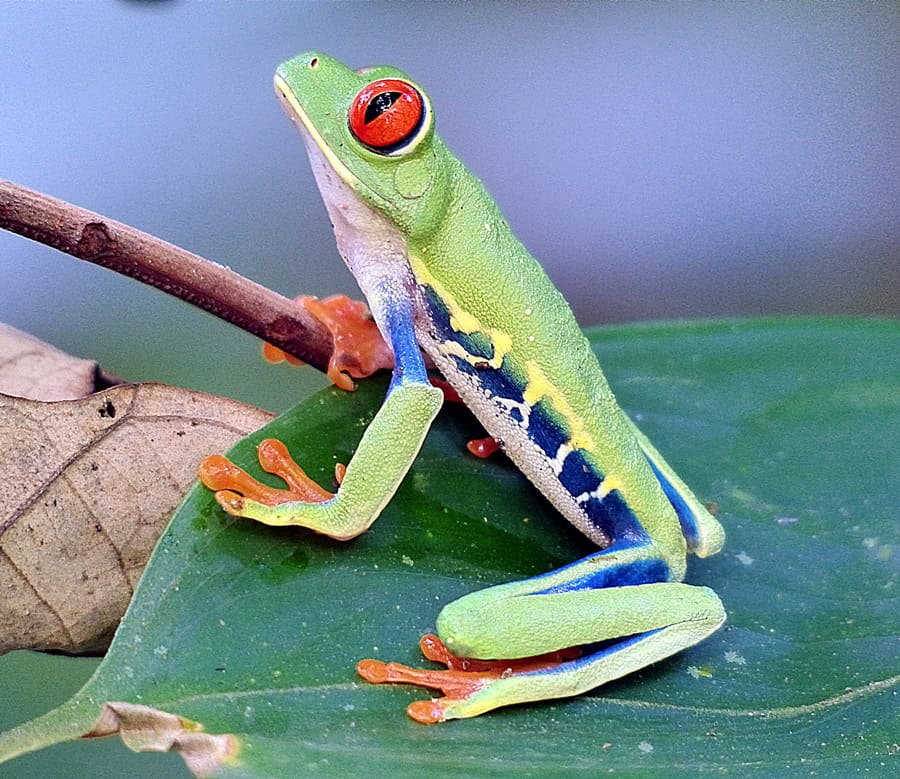
Before their extinction in the mid-1980s, the gastric-brooding frogs of Australia (Rheobatrachus silus and R. vitellinus) displayed one of the most extraordinary reproductive methods ever documented. After external fertilization, the female would swallow her fertilized eggs, which would then develop in her stomach. To prevent digestion of her offspring, the frog’s stomach would cease producing acid and digestive enzymes—effectively shutting down its digestive function. For 6-8 weeks, the mother couldn’t eat while her tadpoles developed in her stomach. When development was complete, she would literally open her mouth and regurgitate fully formed froglets. This remarkable adaptation allowed offspring to develop in a protected environment, free from predators. Scientists are now attempting to resurrect this extinct species through de-extinction technologies, hoping to restore this unique reproductive process to the natural world.
9. Tasmanian Devil Birth to Racing Competition

Tasmanian devils have developed one of the most brutal and competitive birth processes in the mammal world. Females produce about 40 tiny embryos, each smaller than a grain of rice, but possess only four nipples in their pouch. This creates an intense, life-or-death race among the newborns. After birth, these underdeveloped joeys must crawl through the mother’s fur to reach her pouch without any assistance. Only the first four to reach and attach to a nipple will survive—the rest perish. Once attached, the surviving joeys will remain connected to the nipple for about 100 days. This harsh “survival of the fastest” strategy ensures only the strongest offspring receive maternal resources. Adding to their reproductive oddities, female Tasmanian devils can hold spare fertilized embryos in a suspended state, ready to develop if any of the attached joeys die, a process called embryonic diapause that provides reproductive insurance in challenging environments.
8. Spotted Hyenas Birth Through a Pseudo-Penis

Female spotted hyenas possess one of the most unusual reproductive anatomies in the mammal world. They develop a pseudo-penis, actually an elongated clitoris, that can extend up to 7 inches in length—virtually indistinguishable from the male’s penis in appearance. This unusual structure serves for urination, mating, and most remarkably, giving birth. During delivery, this narrow birth canal must stretch to allow the passage of 2-pound cubs, often causing it to tear in first-time mothers. The birth process is extraordinarily painful and dangerous, with mortality rates reaching 10% for first-time mothers and nearly 60% for first-born cubs. Scientists believe this bizarre adaptation evolved through sexual mimicry in a female-dominated society where masculine characteristics convey social status. The pseudo-penis also gives females complete control over mating, as forced copulation is physically impossible, allowing them to select only dominant males as mates.
7. Sea Lice Consumed From Within
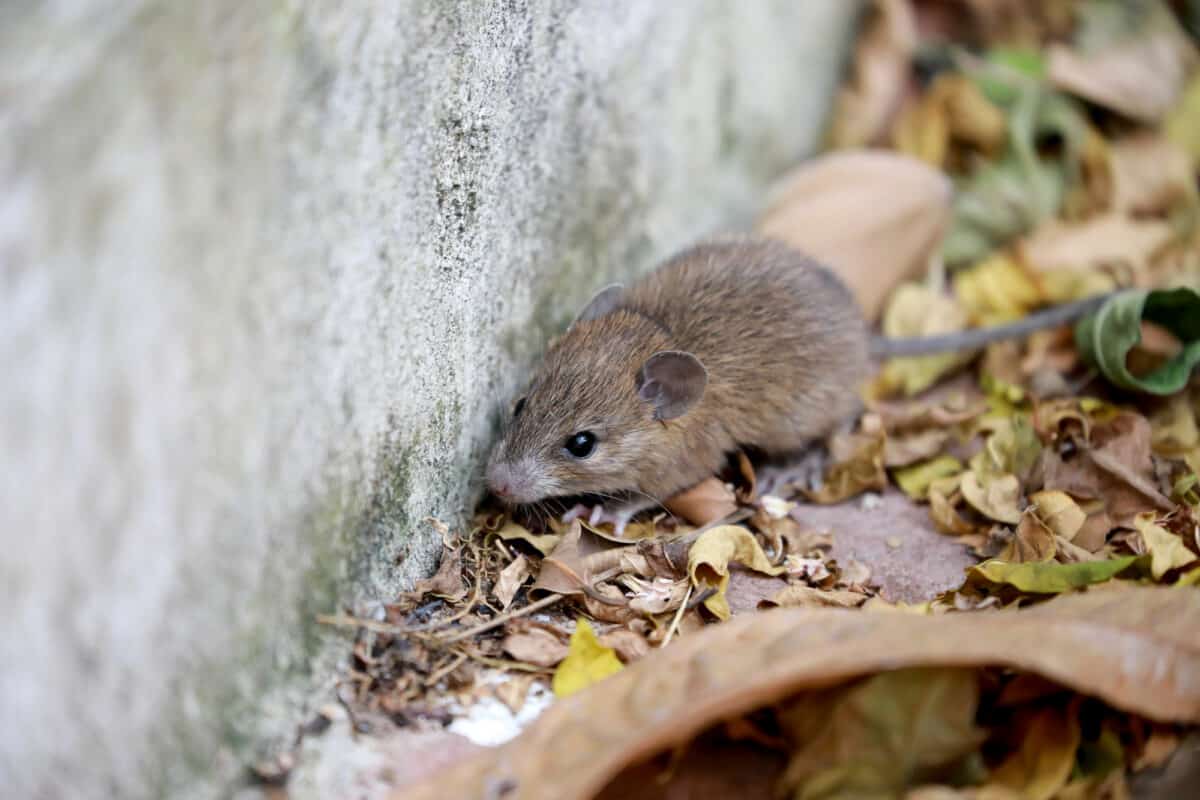
Among parasitic sea lice (Cymothoa exigua), reproduction involves one of nature’s most macabre sacrifices. Female sea lice exhibit a form of matrotrophic viviparity, meaning embryos develop inside the mother’s body and receive nutrition directly from her tissues. As the embryos grow, they literally consume their mother from the inside out, feeding on her blood and internal organs. Eventually, the young sea lice emerge from the hollow carcass of their mother, who has been completely consumed in the process of reproduction. This extreme form of reproductive sacrifice ensures the offspring have ample nutrition during development. While gruesome by human standards, this strategy increases offspring survival rates in challenging marine environments. Sea lice are also notorious for another bizarre behavior—some species replace the tongues of fish hosts after consuming the original organ, living inside the fish’s mouth as a functional parasite.
6. Tsetse Flies Internal Larvae Development and Milk Production
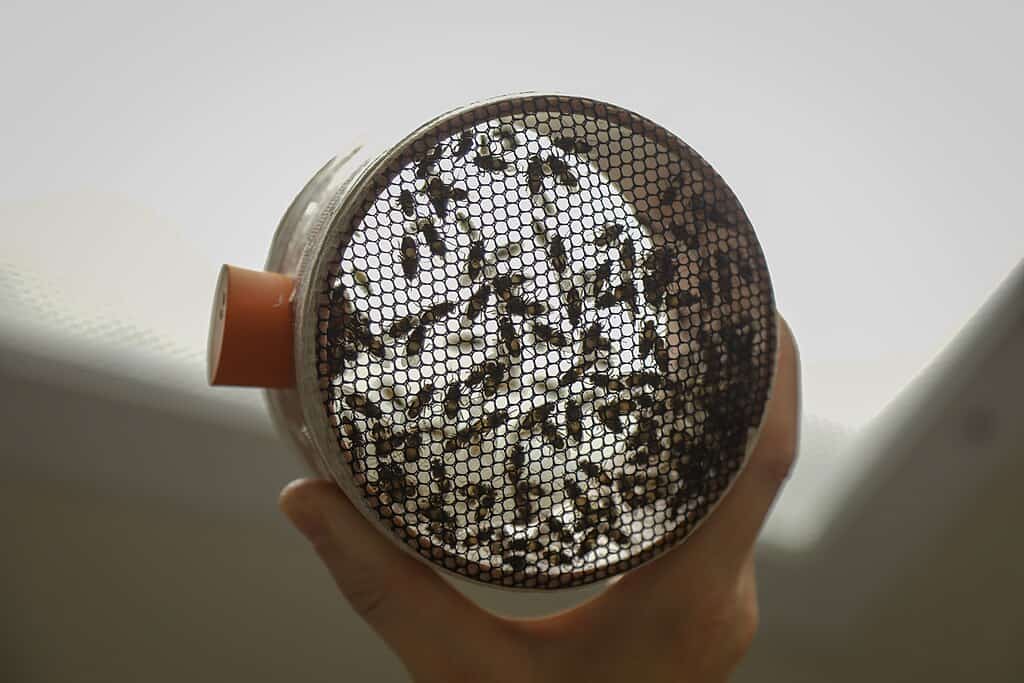
Tsetse flies have evolved a reproductive strategy more similar to mammals than to other insects. Unlike most flies that lay hundreds of eggs, the female tsetse fly produces just one offspring at a time through a process called adenotrophic viviparity. After mating, a single fertilized egg hatches inside the mother’s uterus, where the larva develops through three stages. Most remarkably, the mother produces a milk-like substance from specialized glands that nourishes the growing larva—making tsetse flies one of the few insects that “lactate.” When the larva is fully developed, weighing almost as much as its mother, the female gives birth to it. The larva immediately burrows into soil and pupates, emerging as an adult fly in several weeks. This unusual reproductive method produces fewer offspring but ensures each one has a significant head start in development, increasing survival chances in challenging environments. Unfortunately, this same fly is also a vector for African trypanosomiasis (sleeping sickness), making its unique reproduction a matter of scientific and medical interest.
5 Whiptail Lizards No Males Required

Several species of whiptail lizards (genus Aspidoscelis) have evolved one of the most unusual reproductive strategies in the vertebrate world: they’ve eliminated males entirely. These all-female species reproduce through parthenogenesis—a form of asexual reproduction where unfertilized eggs develop into embryos without sperm. However, what makes whiptail reproduction truly bizarre is that these lizards still engage in mating behaviors despite no males existing in their species. Females take turns acting out male courtship and mounting behaviors with other females. This pseudocopulation appears to stimulate hormone production necessary for egg development. Essentially, one female temporarily “plays the role” of a male to trigger ovulation in her partner. Each offspring is a genetic clone of her mother, creating populations of genetically identical females. This reproductive strategy eliminates the need to find mates but reduces genetic diversity, potentially making these species more vulnerable to environmental changes and diseases.
4. Caecilians Skin as Baby Food
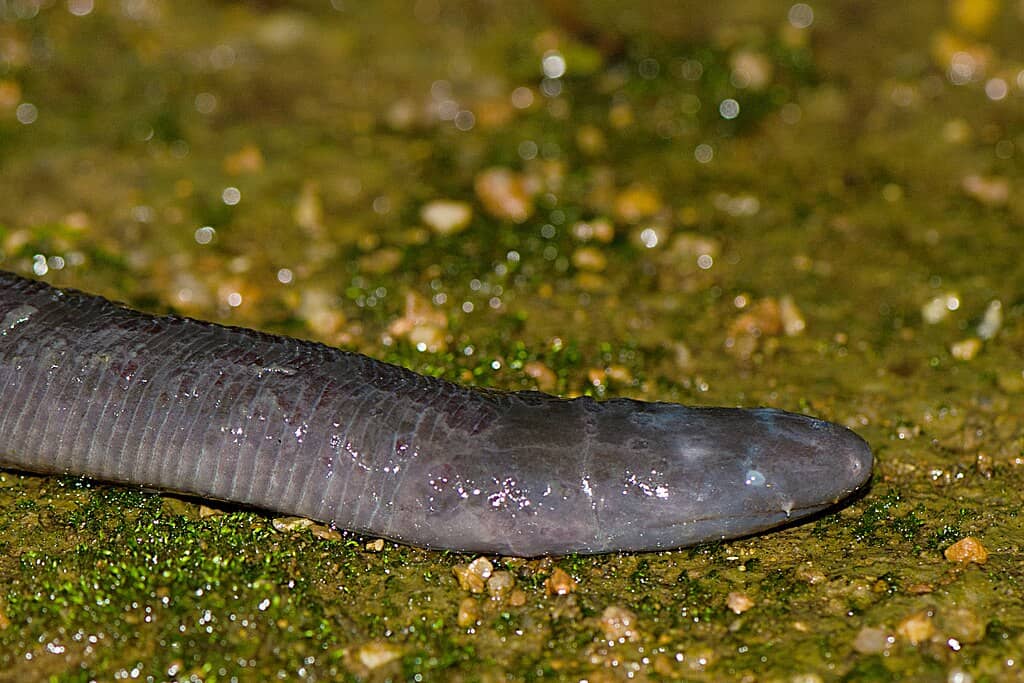
Caecilians, limbless amphibians resembling large earthworms, have evolved one of the most nutritionally sacrificial birth strategies known. Some species, like those in the genus Boulengerula, have developed a specialized form of maternal care called maternal dermatophagy—literally “skin eating.” After giving birth to live young, the mother grows a modified outer layer of skin that is rich in fats and nutrients. The young caecilians then use their specialized teeth to scrape and consume this nutritious skin from their still-living mother. This process doesn’t harm the mother permanently, as she continually regenerates this “milk skin” every few days during the nursing period. The young gain about 10 times their birth weight feeding this way before becoming independent. This extraordinary adaptation allows these burrowing amphibians to provide substantial parental care in underground environments where food for tiny offspring would be scarce, significantly improving survival rates among their young.
3. Desert Rain Frogs Underground Incubation
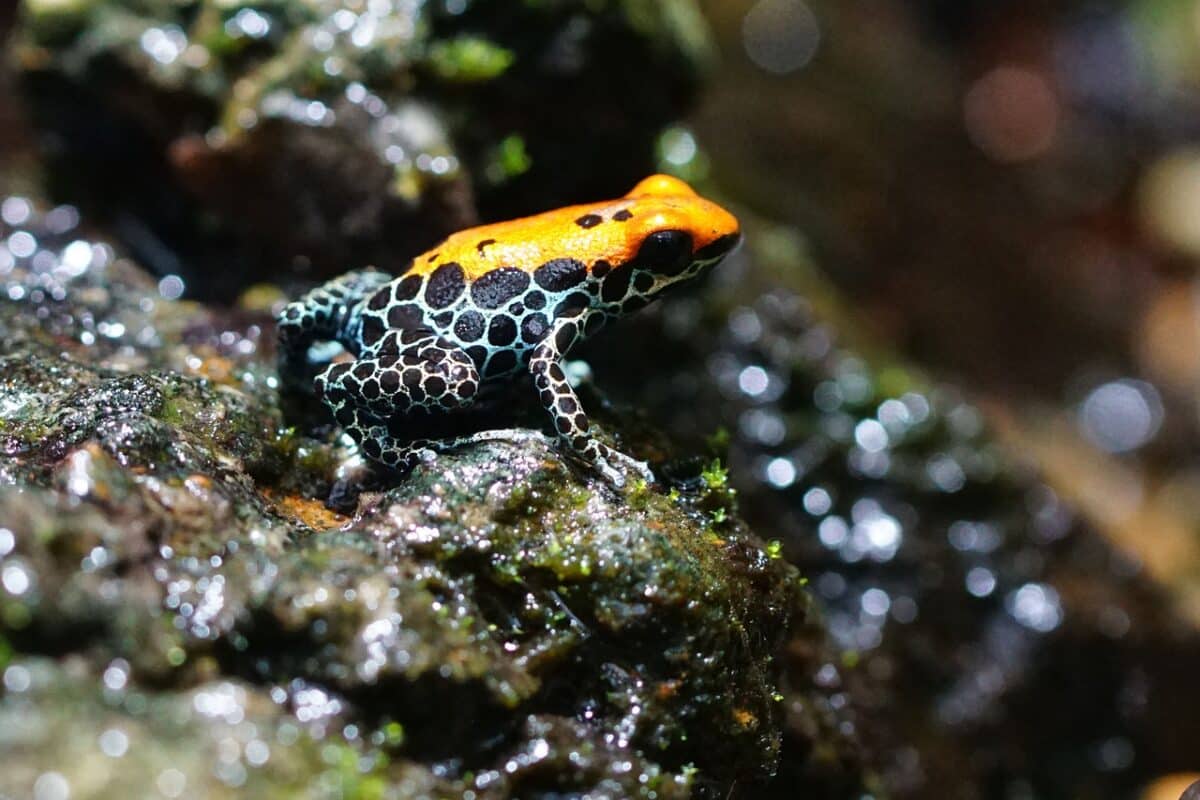
The desert rain frog (Breviceps macrops), native to the harsh deserts of Namibia and South Africa, has developed a remarkable adaptation to protect its young in an environment where surface water is extremely scarce. Unlike most frogs that require water for external fertilization and tadpole development, these frogs practice direct development. After internal fertilization, the female lays her eggs in a specialized chamber that she excavates deep beneath the sand. The male then guards this underground nest for up to three weeks while the embryos develop directly into fully-formed froglets, completely skipping the tadpole stage. This adaptation eliminates the need for standing water during development. Furthermore, the eggs possess extraordinarily large yolk sacs that provide all necessary nutrition for development. When seasonal rains finally arrive, the fully-formed froglets emerge from their subterranean nursery, ready for life in one of Earth’s most challenging environments, having never experienced water during their development.
2. Pipefish Male Pregnancy with a Twist
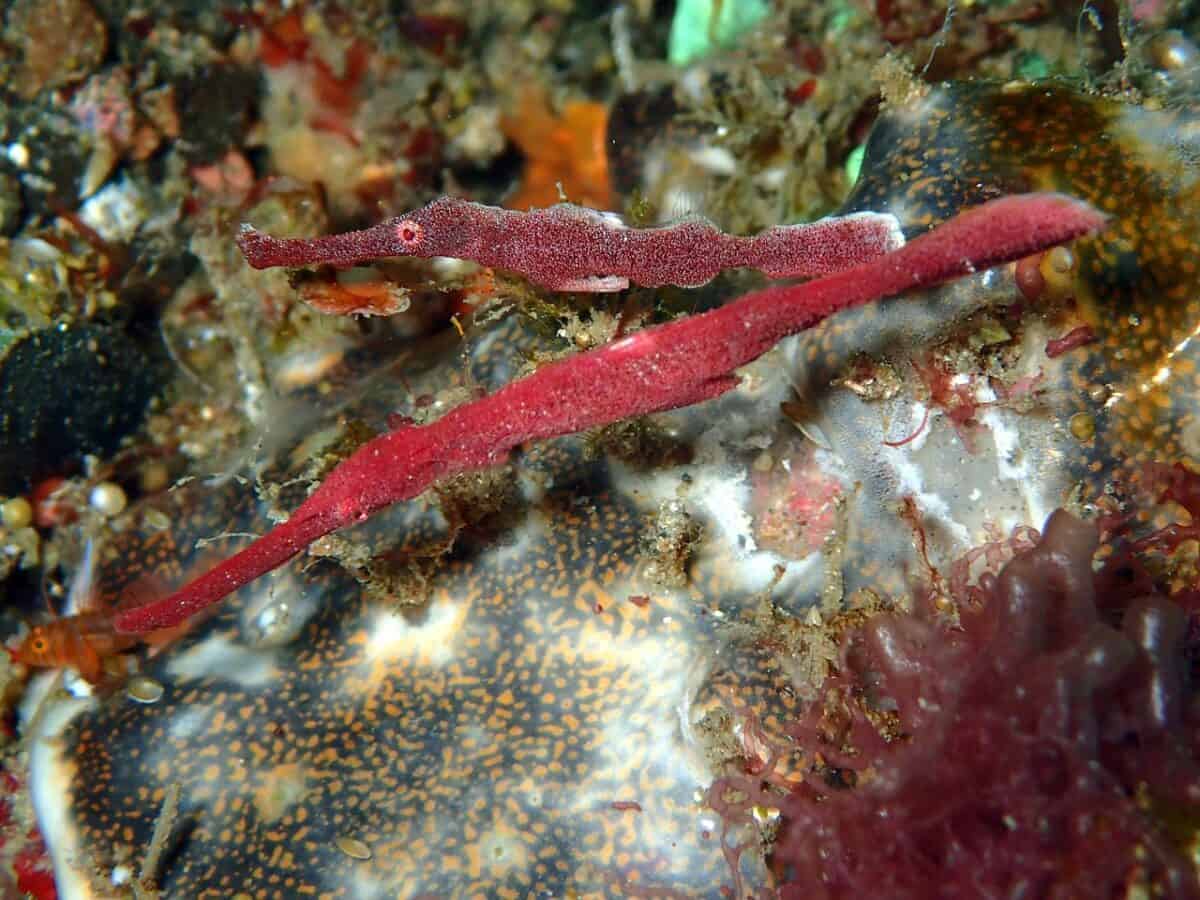
Like their relatives the seahorses, male pipefish become pregnant, but with a unique twist that makes their reproduction even more unusual. In many pipefish species, males possess specialized brood pouches on their bellies rather than the enclosed pouch found in seahorses. The female deposits eggs into this semi-exposed groove, which the male then seals over with tissue, creating individual compartments for each developing embryo. What makes pipefish reproduction particularly extraordinary is the variable level of paternal investment. In some species, the embryos are merely attached to the male’s body with minimal nutrient transfer. In others, the father forms a placenta-like connection to each embryo, providing nutrients and oxygen while removing waste—a true pregnancy comparable to mammals. Most remarkably, research has shown that pipefish fathers can selectively abort or reduce resources to embryos from less preferred females if they mate with multiple partners, essentially practicing “cryptic male choice” after fertilization—a reproductive control mechanism rarely seen in males of any species.
1. Bombardier Beetles Explosive Birth Defense

Bombardier beetles have evolved one of nature’s most explosive birthing defenses. When these beetles lay their eggs, they include a chemical cocktail of hydrogen peroxide and hydroquinones alongside the developing embryo. If a predator attempts to consume the egg, enzymes in the egg mix these chemicals, creating a violent exothermic reaction. The resulting explosion can reach temperatures of 100°C (212°F), often killing or severely injuring the predator while propelling the viable embryo away from danger. This mechanism essentially sacrifices the egg’s original location to save the developing embryo. Some bombardier beetle species can direct this explosive spray with remarkable precision, controlling the direction and force to maximize survival chances for the embryo. This chemical defense system is so sophisticated that it has inspired engineers developing fuel injection systems, fire extinguishers, and propulsion technologies, making these beetles’ reproductive adaptations valuable beyond biological interest.
Conclusion: The Remarkable Diversity of Life’s Beginnings
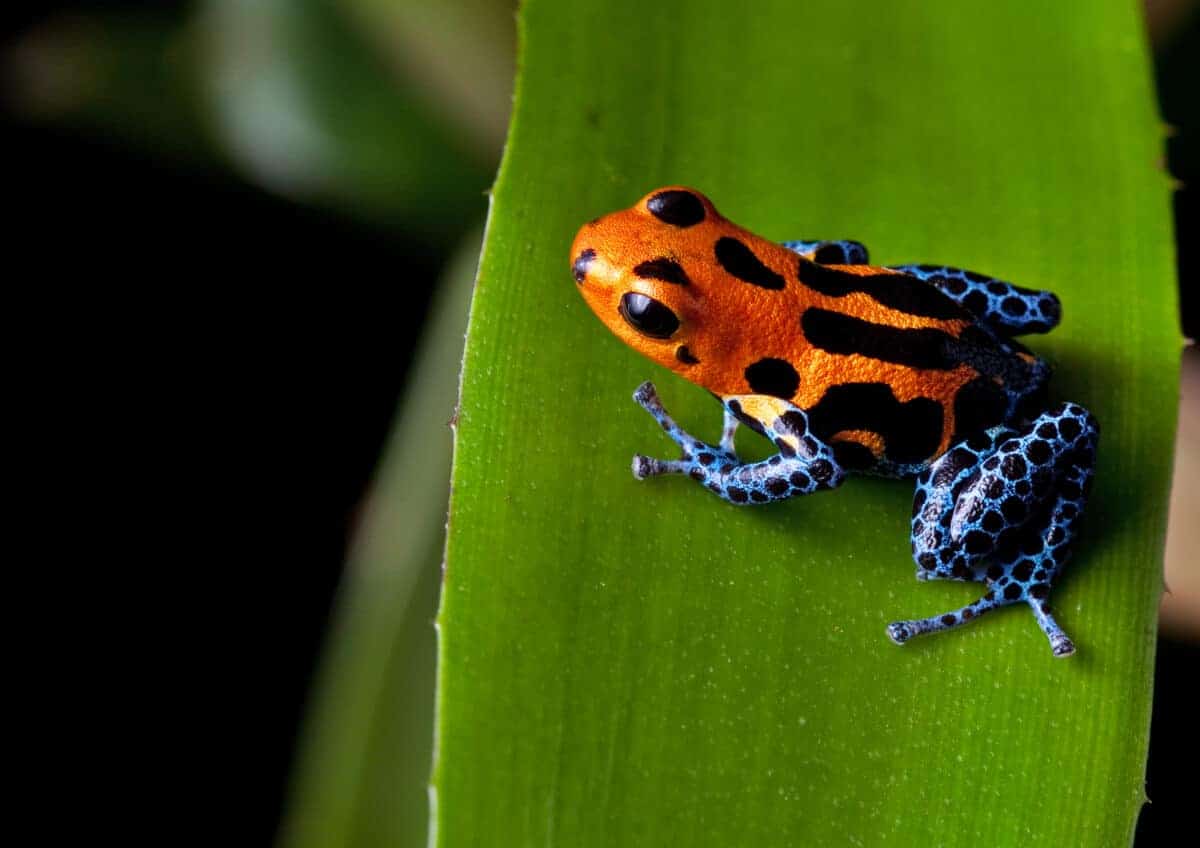
Nature’s ingenuity in developing diverse reproductive strategies showcases the extraordinary adaptability of life on Earth. From male pregnancies to skin-feeding offspring, these 16 unusual birthing methods represent just a fraction of the reproductive diversity found across the animal kingdom. Each bizarre or extreme strategy evolved in response to specific environmental pressures, predator threats, or survival advantages—highlighting how evolution doesn’t follow a single path, but instead crafts endlessly creative solutions for the continuation of life. These reproductive marvels not only challenge our assumptions about what birth should look like, but also remind us how much we still have to learn about the natural world. Whether through stomach brooding, skin-based nourishment, or explosive chemical defense, the way life begins in these creatures is as fascinating as it is varied—offering a glimpse into the limitless possibilities of evolution.
- 12 Fascinating Shark Facts And 3 That Are Totally Wrong - August 21, 2025
- 11 Animals That Can Clone Themselves - August 21, 2025
- 15 Cat Breeds Vets Secretly Wish You’d Stop Buying - August 21, 2025

